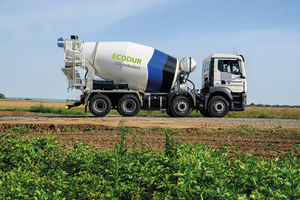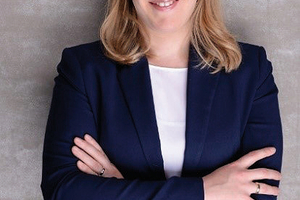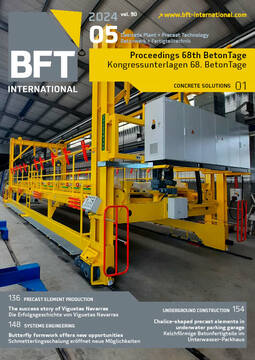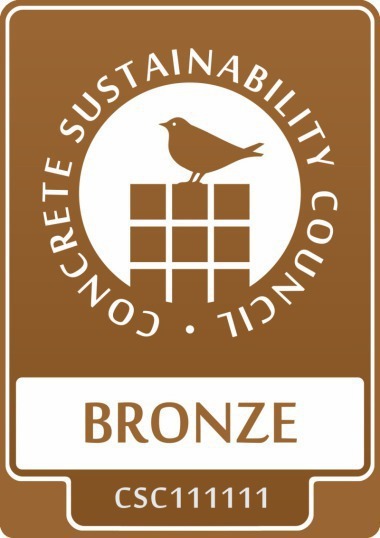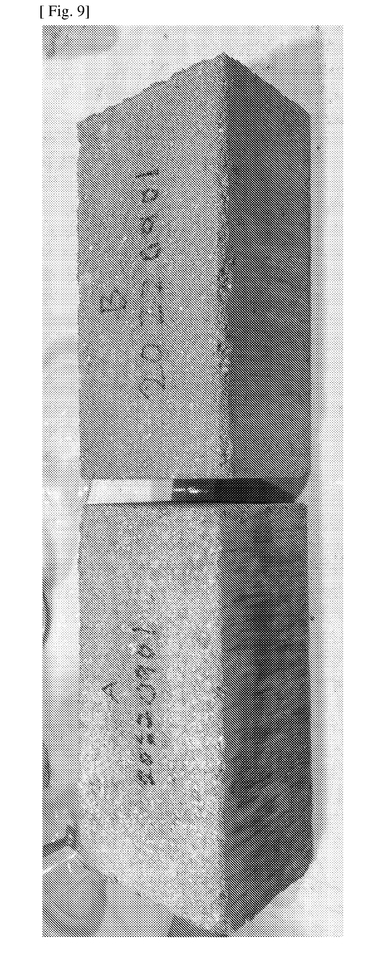Sustainable design and construction with Ecodur concrete
Dyckerhoff’s new Ecodur product family introduces a transparent and reliable range of low-carbon concretes to the market. It includes Ecodur 30, Ecodur 40, and Ecodur 50.
Their classification corresponds to the certification in accordance with the CO2 module
of the Concrete Sustainability
Council (CSC). The number linked to the brand name indicates the reduction of the carbon
footprint compared to the natio-nal industry reference according to the CSC CO2 module. The carbon footprint of Ecodur 30, for example, is at least 30 % lower than the industry reference.
For some time, Dyckerhoff has been offering Cedur and Eco Comfort as carbon-efficient cement alternatives. These and other carbon-efficient cements containing less clinker (namely CEM III blast furnace cements) are already used to produce low-carbon concretes very successfully at Dyckerhoff’s own ready-mixed concretes. Initial market applications were offered as “tailor-made concrete” solutions for projects with specific sustainability requirements. They have now been added to the product portfolio in response to increasing demand.
Requests for proposals increasingly specify that the concretes used have a demonstrably reduced carbon footprint. This presentation
will focus on the requirements for CSC-certified low-carbon concretes and the interplay between carbon efficiency, resource efficiency, and construction.
Practical examples illustrate how the Dyckerhoff Ecodur range can provide a certified solution for a wide range of sustainable building requirements.

